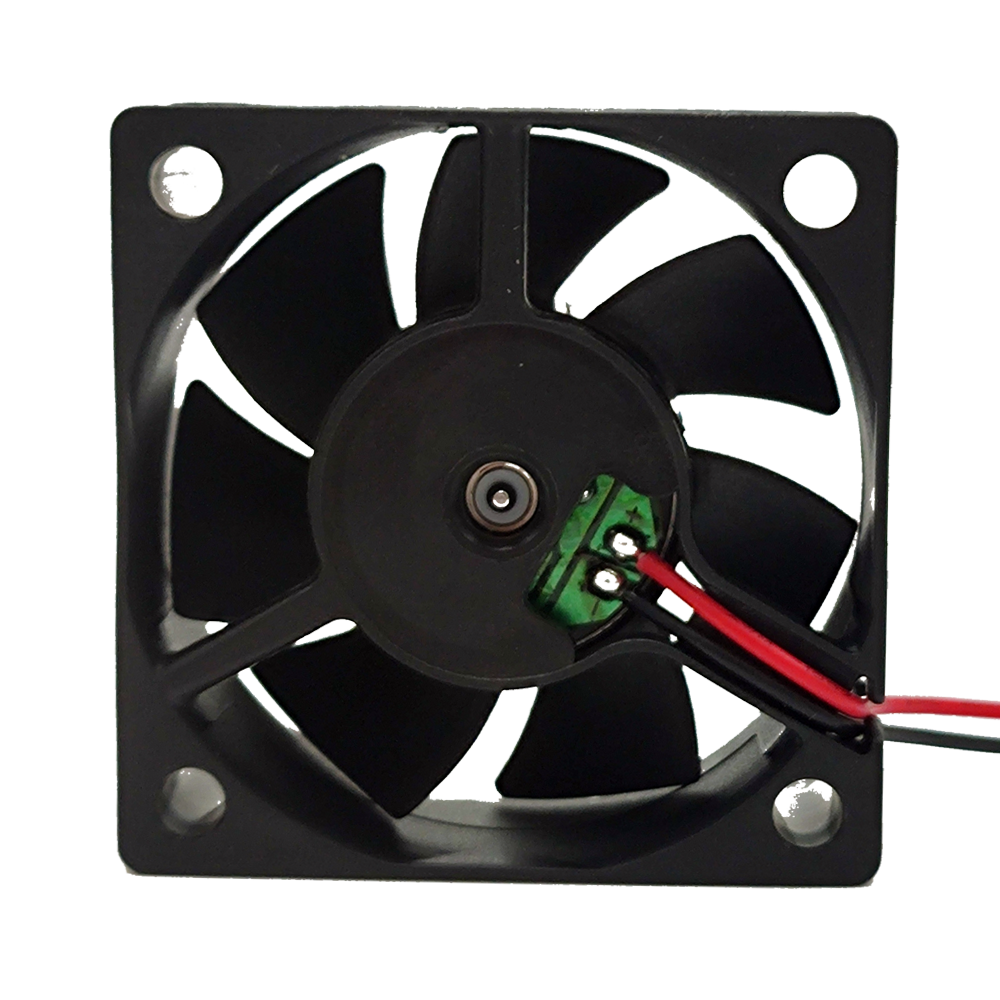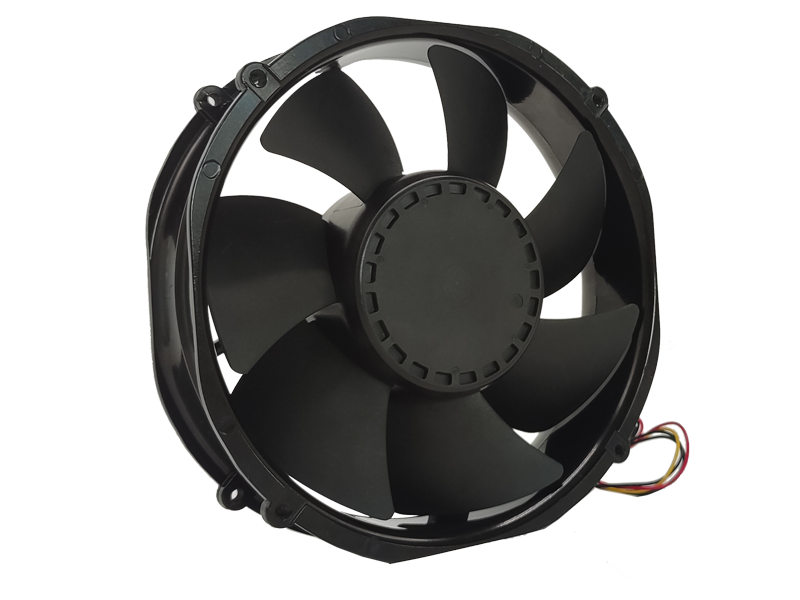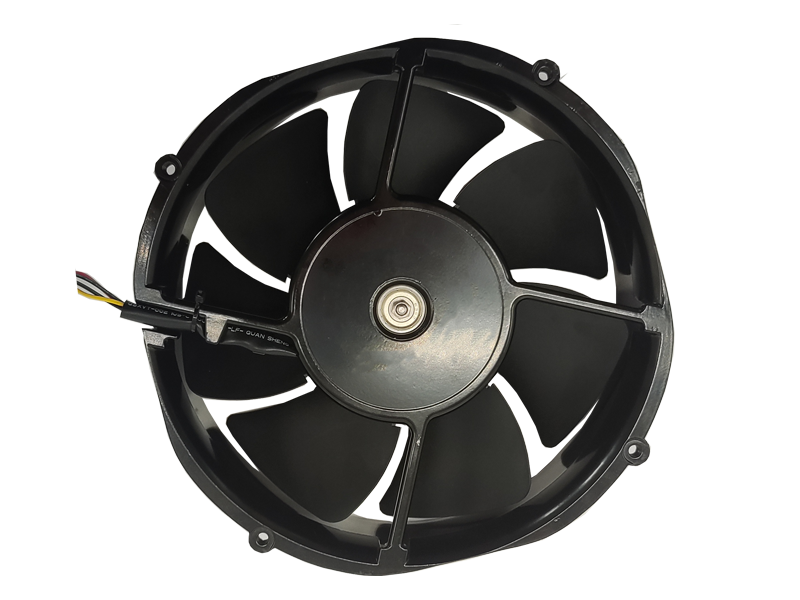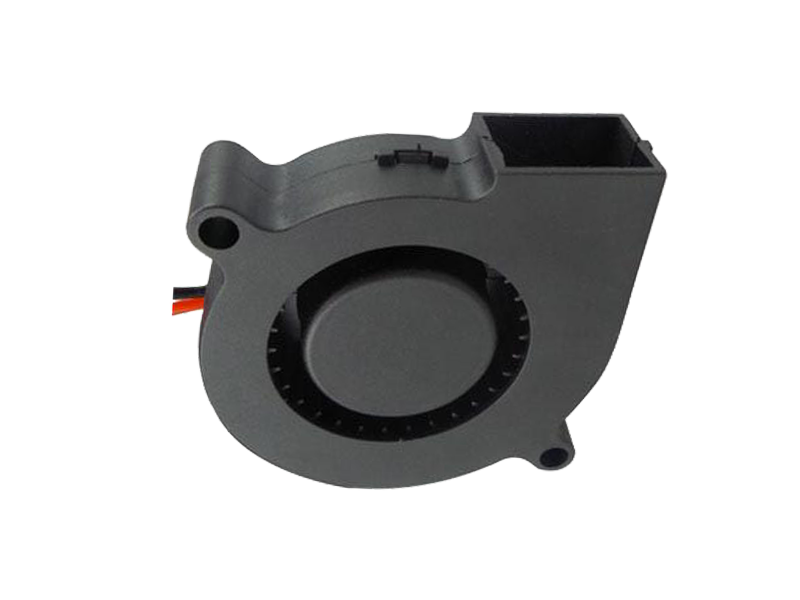Introduction: Beyond One-Size-Fits-All Solutions
The myth of universal industrial fan designs has been shattered by the realization that optimal performance requires context-specific engineering. This article explores how leading manufacturers are creating purpose-built solutions for the unique challenges of different industrial verticals.
1. High-Temperature Environments
1.1 Refractory Material Integration
Fans operating in 500°C+ environments now use silicon carbide-coated blades. In Middle Eastern cement plants, these fans maintained structural integrity after 2,000 thermal cycles, outlasting conventional nickel alloys by 12x.
1.2 Thermal Expansion Compensation
Active clearance control systems adjust rotor-stator gaps in real-time. A Russian petrochemical plant reported 18% efficiency gains by maintaining 0.5mm optimal clearances despite 300°C temperature swings.
2. Corrosive Atmospheres
2.1 Hastelloy Alloy Construction
In chemical processing plants, fans built with Hastelloy C-276 demonstrated 99.8% resistance to sulfuric acid fumes. Longitudinal studies showed 14-year service life without pitting, compared to 316L stainless steel's 3-year lifespan.
2.2 Gas-Tight Sealing Systems
Magnetic fluid seals in chlorine production facilities achieved <0.1cc/min leakage rates. This innovation eliminated hazardous gas migration that caused 23% of previous bearing failures.
3. Dust-Laden Environments
3.1 Abrasion-Resistant Coatings
Ceramic matrix composites (CMC) on fan blades reduced erosion rates by 87% in mining operations. A South African platinum mine reported blade replacement intervals extending from 6 to 22 months.

3.2 Pulse-Jet Cleaning Systems
Integrated solenoid valves fire compressed air bursts to clean filters. In Indian coal-fired power plants, this system maintained 98% airflow efficiency despite particulate loads exceeding 500g/m³.
4. Explosive Atmospheres
4.1 Intrinsically Safe Designs
Fans for Zone 20/21 environments use non-sparking aluminum alloys and surface resistance <10⁹Ω. A UK grain silo deployment recorded zero incendiary events over 7 years, versus 3.2 annual incidents with steel fans.
4.2 Pressure Accumulation Prevention
Venting systems with rupture discs maintain safe pressure differentials. In French fertilizer plants, this design prevented catastrophic explosions during 14 overpressure events.
Conclusion: The Rise of Domain-Specific Engineering
Industrial fan manufacturers are abandoning generic designs in favor of vertical-specific solutions. The future belongs to companies that can master the intricate balance between material science, fluid dynamics, and safety regulations unique to each industrial domain.
Recommended Products

The main purpose:Car charging station

The main purpose:Car charging station

The main purpose:Electronic refrigerators, water dispensers, direct drinking machines, inverter power supplies
Address:No. 4137, Longgang Avenue (Henggang Section), Henggang Community, Henggang Street, Longgang District, Shenzhen
hotline:13530005572(Chen)15112579390(Li)


Welcome all friends to come for consultation and negotiation.
Copyright 2024 @ Shenzhen Youneng Xinyuan Electronics Co., Ltd.,(industrial fans,industrial blowers,axial fans,cooling fans manufacturer,centrifugal fans,ac cooling fans,dc cooling fans)